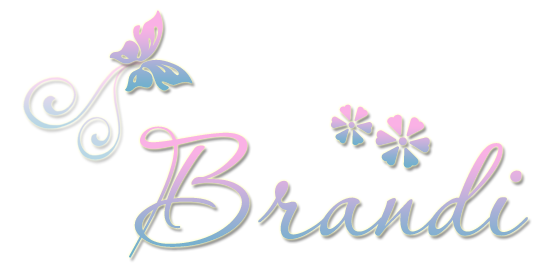I recently was given a recommendation to read a book on education. I was mildly surprised that I had not heard of it earlier. I know there are many books written on education, and I do not claim to be familiar with all of them, but I have read many and am familiar with titles of others that exist, even though I have not yet read them. Motivated by my curiosity, I went to the local library's website to see if they had it-negative. Since our library has the amazing resource of being able to borrow books from other libraries, I looked at Bloomington library (which is larger than Normal's) and Illinois State University's (which is larger still, and primarily a teaching school)-negative. The closest place that had a copy of the book was an hour away! So I put in for the hold.
Since then I have received the book,
The Schools We Need & Why we Don't Have Them by E.D. Hirsch Jr. and have been reading it. When I ordered the book I was aware it held ideas about education that are not taught in public universities, yet I am still surprised that ISU did not have a single copy of it in six floors, with one exclusively designated for education majors. Our professors taught us to challenge what they say and analyses it, yet this book that contrasts the beliefs is nowhere to be found in the library... interesting.
Now that I have begun reading it I am highly interested in what it has to say. The author backs his opinions by multiple research experiments and observations of children and the education system over time. Hirsch Jr rallies for a core curriculum, something I had not heard of in my four years as a student of elementary education. For those who are unaware of what a core curriculum is, it is a curriculum that is consistent and specific. For example: All fourth graders will be able to identify all 50 states within the United States of America, their capitols as well as major landforms including mountains, rivers that span half of a state or more, etc. A core curriculum is very specific so that all the fourth grade students in the school would be entering fifth grade with the same knowledge. By having a core curriculum, this does away with the information gaps between grade levels (and schools if a core curriculum was administered nation-wide).
I am able to see the value having a core curriculum would hold for a school, district and honestly it would be valuable to be implemented nation-wide. Although a nation-wide mandate would be met with much adversary by many teachers, administrators, parents and citizens. It is completely understandable why. As a teacher who has her diploma and state certificate, I was not educated about this until I took it upon myself to do so. How many other teachers have not seen the studies on this? How many administrators are aware of this. What happens when new information is found in science? Who is going to take the time to construct such rigid guidelines for teachers? There are so many questions to be answered before this can fully be put into place.
I'm sure I will post other thoughts spurred from this book, but I want to first leave you with some questions. I am answering them in the way I believe is true, but I challenge you to think about them for yourself.
I believe there are private schools that have realized this value within the United States and are striving for this. Will it ever happen in the United States of America's public education system? I can't answer that. Do I feel it would be beneficial? Yes. Will it take away teachers' creative license within their classroom? Some, but I feel that a creative teacher is still able to teach within the designated curriculum in creative and unique ways. Will it benefit the students as learners? Yes. Will it allow them to learn more within a given school year? I believe so.

 Ok, so some of the discount was from Max Perks, so if you don't have any perks built up, you will pay some for this, but I combined coupons and store deals and even without the Perks, it is a great deal, let me show you!
Ok, so some of the discount was from Max Perks, so if you don't have any perks built up, you will pay some for this, but I combined coupons and store deals and even without the Perks, it is a great deal, let me show you!